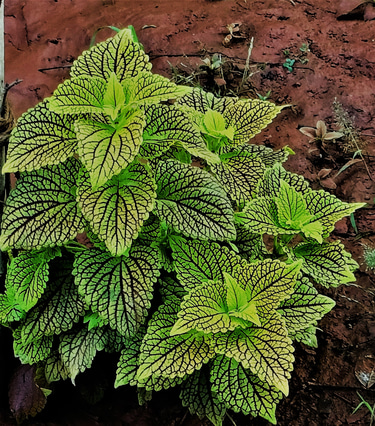Actinorhizal plants
Plant or tree species other than .leguminous plants which involve in symbiotic Nitrogen fixation are called actinorhizal plants. There are 8 families of angiosperm reported to exhibit such properties. Casuarina and Alnus are very important and well known among them.
7/16/20232 min read
Continuous use of land for cultivation of crops along with the endless use of agro- chemicals are leading the soil to become problematic by making them highly saline and accumulation of heavy metals. At times, abiotic factors like flood and drought also add to amplify the problems. Research have shown, growing of actinorhizal tree species may become a solution for such soil to replenish them.
We generally know about leguminous plants which are known for their symbiotic association with bacteria like Rhizobium to fix the nitrogen in soil. Crop rotation with the pulses is of generally recommended practice to restore the soil fertility. But there are some tree species which plays same role of nitrogen fixation in soil in association with bacteria like Frankia. These are called as Actinorhizal plants or trees.
Actinorhizal Plants
Frankia, a gram positive bacteria, is of filamentous shape, known for its host specificity. It has the ability to convert atmospheric nitrogen into ammonia, a plant utilizable form. This process occurs in the presence of enzyme nitrogenase in association with roots of actinorhizal plants. Firstly, they form nodules on host roots and fixes nitrogen in them and in turn bacteria get reduced carbon for their utilization. Frankia even fall in the category of free living nitrogen fixing bacteria and perform the same role in absence of host plants. The bacteria are the diazotropic kind, which can survive without external source of nitrogen.
Importance of Actinorhizal plants:
There are 24 genera belonging to 8 angiosperm families fall in category of actinorhizal plants. Plant families like Betulaceae, Casuarinaceae, Coriariaceae, Datiscaceae, Eleagnaceae, Myricaceae, Rhamnaceae, and Rosaceae are some of them. The genera Casuarina in tropical and subtropical region and Alnus in temperate are well known and beneficial kind of actinorhgizal plants. These species contribute for production of fire woods and industrial purpose, even in degraded soils. Alongside, they help to replenish the soil with nitrogen fixing. Their leaves and trashes become the important source of biomass.
Plants like Hippophae rhamnoides (Sea buck thorn) is an actinorhizal tree famous for production of fruits rich in Vitamin C and carotinoides. In addition, they are the source of fire wood and fodder. Rubus elipticus (Yellow Himalayan Raspberry) is another such plant found in temperate climate. They bear fruits rich in ascorbic acids, beta carotenes and antioxidants. Roots of this tree are known to have some medicinal properties.
Frankia, A Nitrogen Fixing Bacteria
Casuarina as an actinorhizal tree:
Casuarina sps. (Casurina equisetifolia, Casuarina cunninghamiana) are evergreen angiosperms, belong to family casuarinaceae. Trees are known for its ability to tolerate high soil salinity, frequent drought and flood and heavy metal pollution. They are also reported give notable contributions in restoring soil fertility in a way of symbiotic nitrogen fixing in association with Frankia. The trees may also symbiotically associate with Ectomycorrhizal fungi (EMF) and Arbuscular Mycorrhizal Fungi (AMF) for better phospahte absorption. Casurina trees are important component of social forestry, especially along the sea coast to mitigate soil erosion and as wind breakers.


Newsletter
Sign up for our newsletter and get notified about all new posted articles.
ADDRESS
House No. 2-113(P), Visnumurthynagar, Kelarkalabettu, Thenkanidiyuru, Udupi
cONTACT
7975809540
satishmqc362@gmail.com
